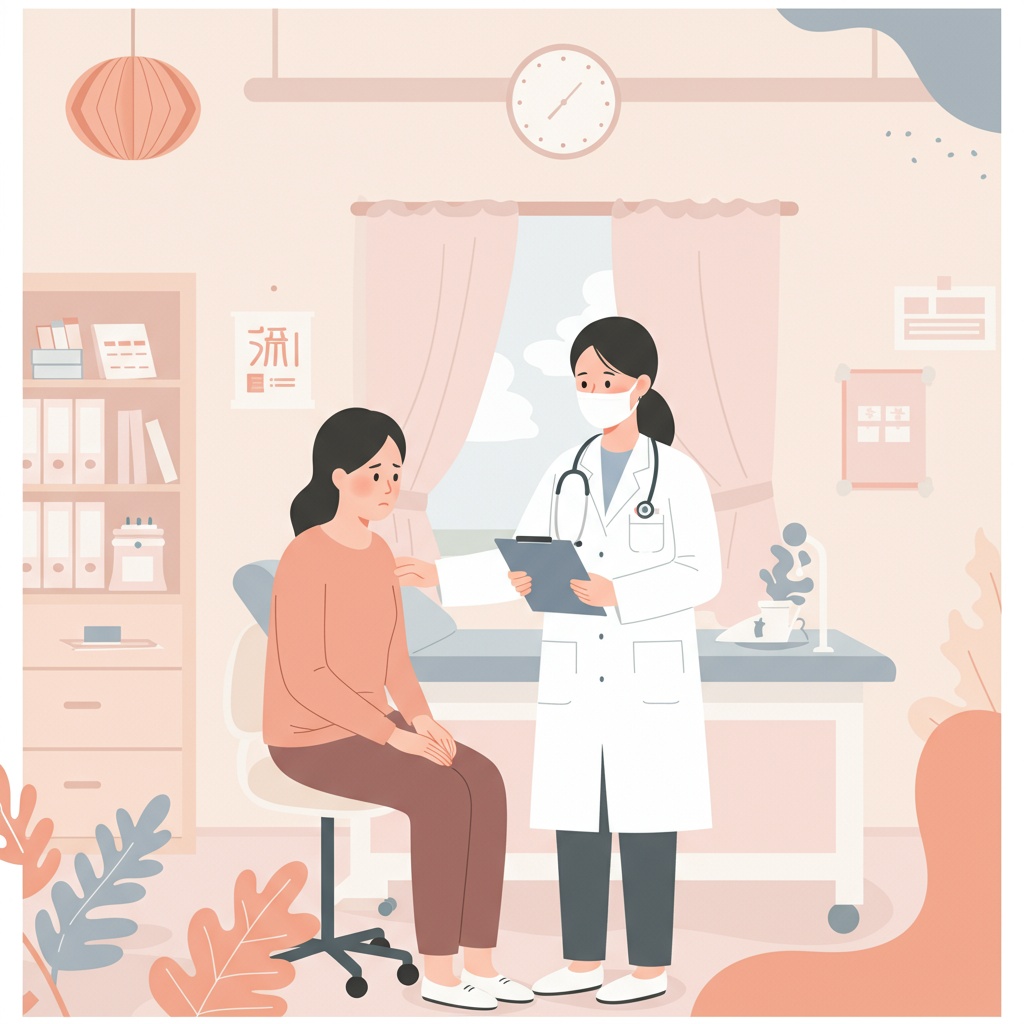今天希望與你分享當憂鬱症來敲門時,可以怎麼做,有哪些資源可以利用,陪伴你或你關心的人,一起度過難關。
憂鬱症來襲,我該怎麼辦?社會支持的重要性
憂鬱症發作如何快速緩解? 尋求即時支持
憂鬱情緒像海嘯一樣湧來,讓人喘不過氣,這時候,最重要的就是趕快尋求幫助!
1. 親友支持: 拿起電話,打給你最信任的家人或朋友,告訴他們你的感受。不需要覺得丟臉或不好意思,他們的傾聽和關心,就像一盞明燈,能給你帶來溫暖。
2. 心理諮詢專線: 台灣有24小時的心理諮詢專線,像是生命線1995或張老師1980。專業的諮詢人員就像你的情緒急救隊,可以給你支持和建議,幫助你度過難關。
3. 線上支持團體: 網路世界也有溫暖!你可以加入線上的憂鬱症支持團體,和其他有相同經驗的病人聊聊,你會發現,原來有這麼多人跟你一樣,互相打氣,互相鼓勵,力量會更大!
憂鬱症發作症狀有哪些? 如何辨識求助訊號
每個人的憂鬱症狀可能不太一樣,但有些常見的警訊可以注意一下:
1. 情緒低落: 總是覺得很悲傷、空虛,好像心裡缺了一塊。
2. 失去興趣: 以前喜歡做的事情,現在一點都提不起勁,覺得沒意思。
3. 睡眠障礙: 晚上睡不著、太早醒來,或是總是覺得很睏,想一直睡。
4. 食慾改變: 吃不下東西,或是突然暴飲暴食,好像在用食物填補空虛。
5. 疲倦無力: 覺得全身沒力氣,做什麼都覺得累。
6. 注意力不集中: 沒辦法專心,容易忘東忘西。
7. 負面想法: 一直想著不好的事情,覺得自己很沒用,甚至想到結束生命。
如果你發現自己或身邊的人有這些症狀,不要猶豫,一定要尋求專業的幫助!
尋求專業協助與社會資源
憂鬱症看診家人朋友可以陪同嗎?支持系統的重要性
去看醫生的時候,讓家人或朋友陪你一起去,會很有幫助喔!他們可以:
1. 提供資訊: 幫你跟醫生說明你的情況,提供更完整的資訊。
2. 情緒支持: 當你感到緊張或害怕時,給你鼓勵和支持。
3. 共同討論: 跟你一起討論治療方式,幫助你做出決定。
4. 提醒服藥: 提醒你按時吃藥,並且幫你追蹤藥效。
台灣社服與相關基金會資料
台灣有很多社福機構和基金會,都提供憂鬱症相關的服務,你可以參考看看:
1. 台灣憂鬱症防治協會: 提供憂鬱症的相關知識、講座和支持團體。
2. 董氏基金會心理衛生組: 推廣心理健康,提供心理諮詢和支持服務。
3. 各縣市衛生局心理衛生中心: 提供心理諮詢、社區關懷訪視和轉介服務。
4. 生命線1995、張老師1980: 提供24小時的心理諮詢專線服務。
重度憂鬱症病人注意事項
如果你的家人或朋友是重度憂鬱症的病人,你需要特別的關心和支持。以下是一些注意事項:
1. 安全第一: 注意病人有沒有想要自殺的念頭,並且把可能造成傷害的物品收起來。
2. 鼓勵就醫: 鼓勵病人積極配合治療,按時吃藥和接受心理治療。
3. 提供支持: 給病人支持和鼓勵,讓他們知道你一直都在。
4. 耐心傾聽: 耐心聽病人說話,不要批評或否定他們的情緒。
5. 尋求協助: 如果你覺得自己快要撐不住了,請尋求專業的幫助,像是諮詢醫生或心理師。
結語
走出憂鬱的路可能很長,但請相信,你絕對不是孤單一人。建立好你的社會支持系統,積極尋求專業的幫助,並且好好利用社會資源,你一定可以戰勝憂鬱,重新找回快樂!記得,好好愛自己,從現在開始!
常見問題精選
Q1: 憂鬱症發作時,我該怎麼辦?
A: 尋求親友支持、撥打心理諮詢專線(如生命線1995、張老師1980),或參與線上支持團體。
Q2: 憂鬱症有哪些常見的警訊?
A: 情緒低落、失去興趣、睡眠障礙、食慾改變、疲倦無力、注意力不集中、負面想法等。
Q3: 憂鬱症看診時,家人朋友可以陪同嗎?
A: 可以,家人朋友能提供情緒支持、協助說明病情、共同討論治療方案等。
Q4: 台灣有哪些憂鬱症相關的社福資源?
A: 台灣憂鬱症防治協會、董氏基金會心理衛生組、各縣市衛生局心理衛生中心等。
Q5: 重度憂鬱症病人需要注意什麼?
A: 注意安全、鼓勵就醫、提供支持、耐心傾聽,並在必要時尋求專業協助。




